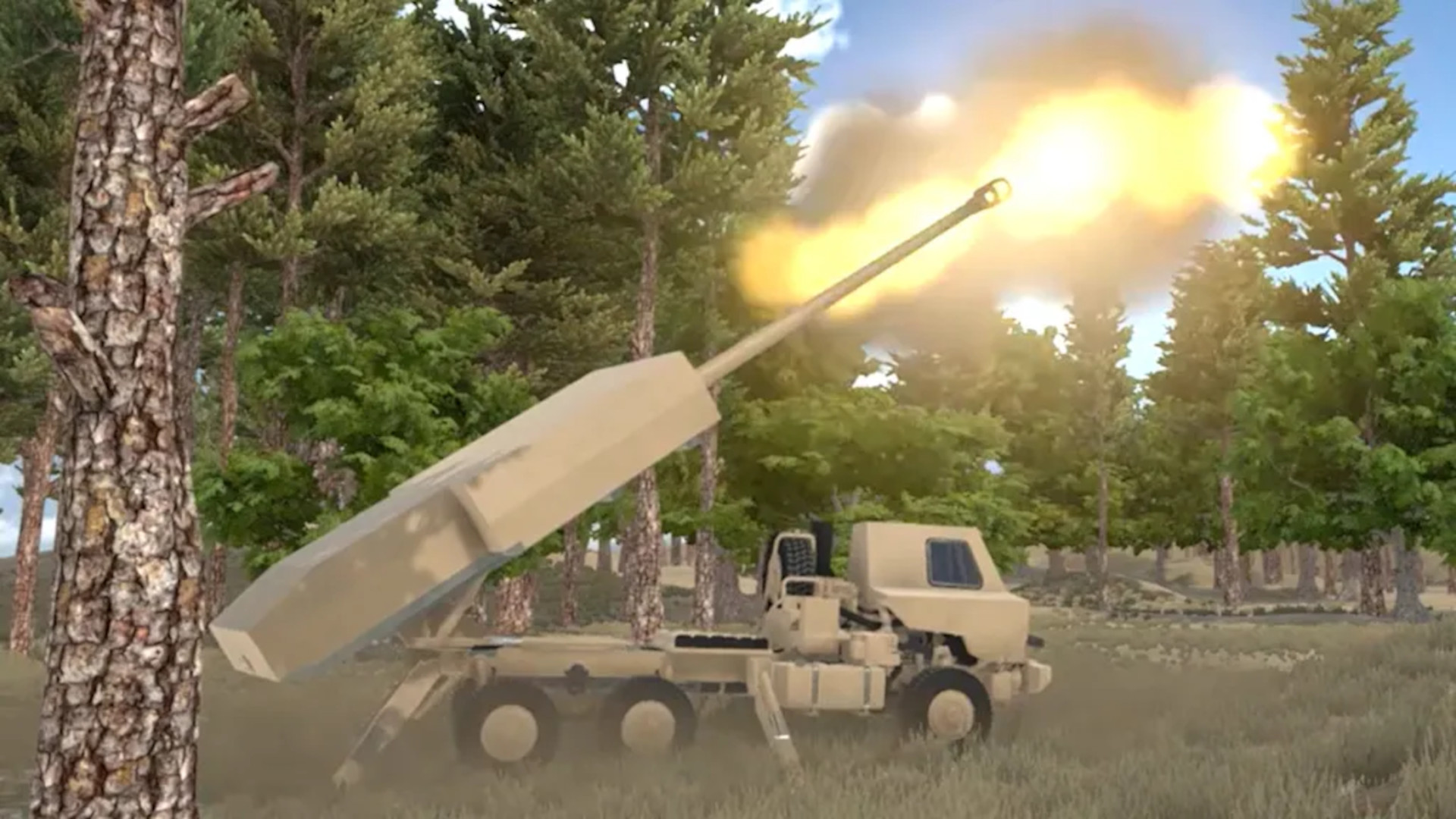Serious question, I’m not being sarcastic or critical. I don’t know what’s changed over the years or what I’m missing, like perhaps smaller rounds require far less energy.
This wasn’t successful on ships that have nuclear plants that can provide gobs of power. (Success as in being further developed with plans to implement, or maybe it is?)
Why would this be successful on the ground?
It’s my understanding that one of the problems for ship use was the effective range, rather than raw power consumption. The Navy railgun was conceived of as able to be an offensive weapon as well defensive, but could “only” ever fire about 100 miles. Much further than a traditional gun, but not worth the investment compared to long range missiles for offensive purposes. It looks like (from the limited reporting early in this project) the ground based project is purely a defensive system. Unlike a ship, which can just maneuver itself out of range, important ground targets are static, so the limit of the range doesn’t seem as important.
Railguns also had high barrel wear, which seems like it would just add problems of logistics and maintenance downtime, which is going to be more of a hassle on a ship than on the ground. For an offensive system, also not as worthwhile when a missile can do the same. For a purely defensive system, I imagine intercepting a long range ballistic missile is worth the tradeoff of putting a new barrel on.
Was the barrel wear caused by heat deformation?
I suspect, but don’t know. Everything I say comes from public news articles and those tend to be less technically minded.
That all makes a lot of sense, especially comparing it to missiles for offensive purposes.
Then my cynical side pops up and asks “cui bono”, (Latin for “who benefits?”, a question asked by thinkers such as Cicero), I’m sure missile developers don’t want to see their gravy train interfered with.
Anyway, thanks for the background, like I said, totally makes sense as you’ve laid it out.
The railgun tech was being developed by BAE and General Atomics, who aren’t exactly homespun upstarts when it comes to having a say in things.
I think it was more a matter of the technology not quite being mature enough for the desired application. There tends to be an overlapping period in military tech development where the technology exists and even works, but it doesn’t work well enough to displace existing systems. There’s always a kind of hindsight factor when new tech, especially radical new tech, get adopted. It’s either adopted too early and everyone complains about the perfectly good, tried & true systems being replaced by fancy high tech junk, or it’s adopted once it’s fully mature and people shake their heads and ask why not sooner.



